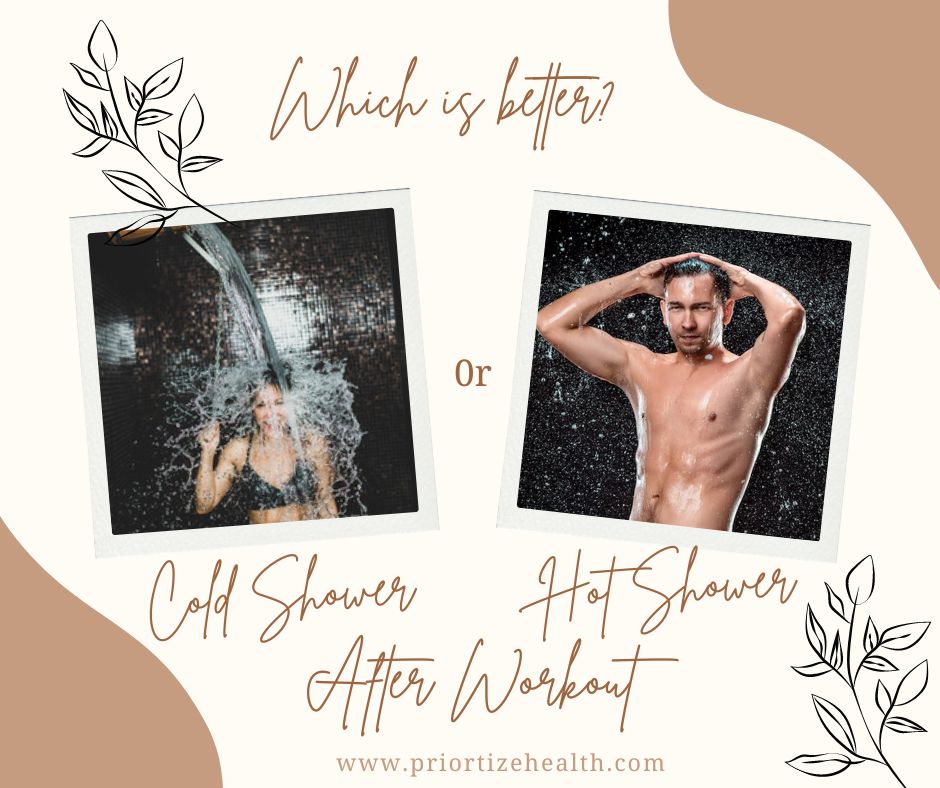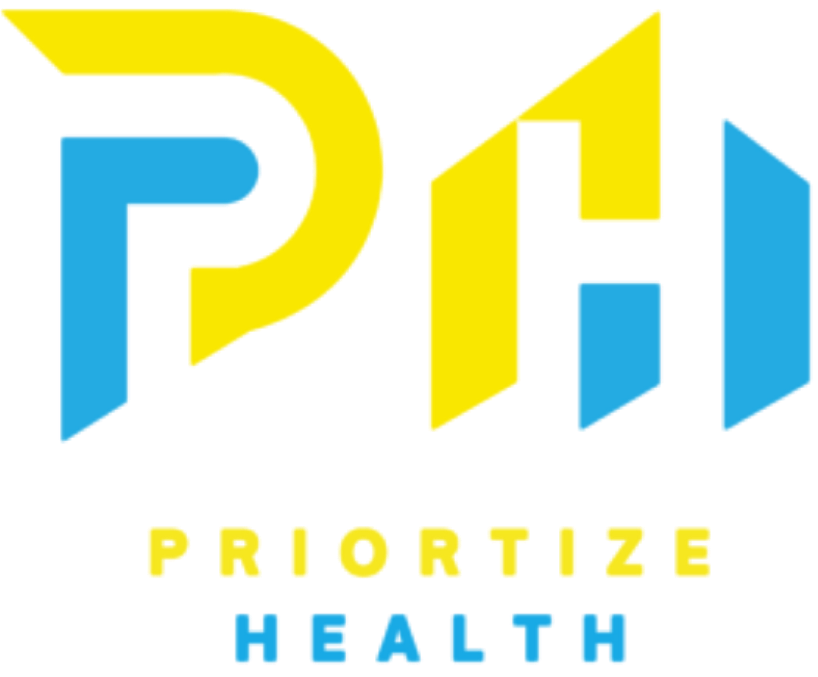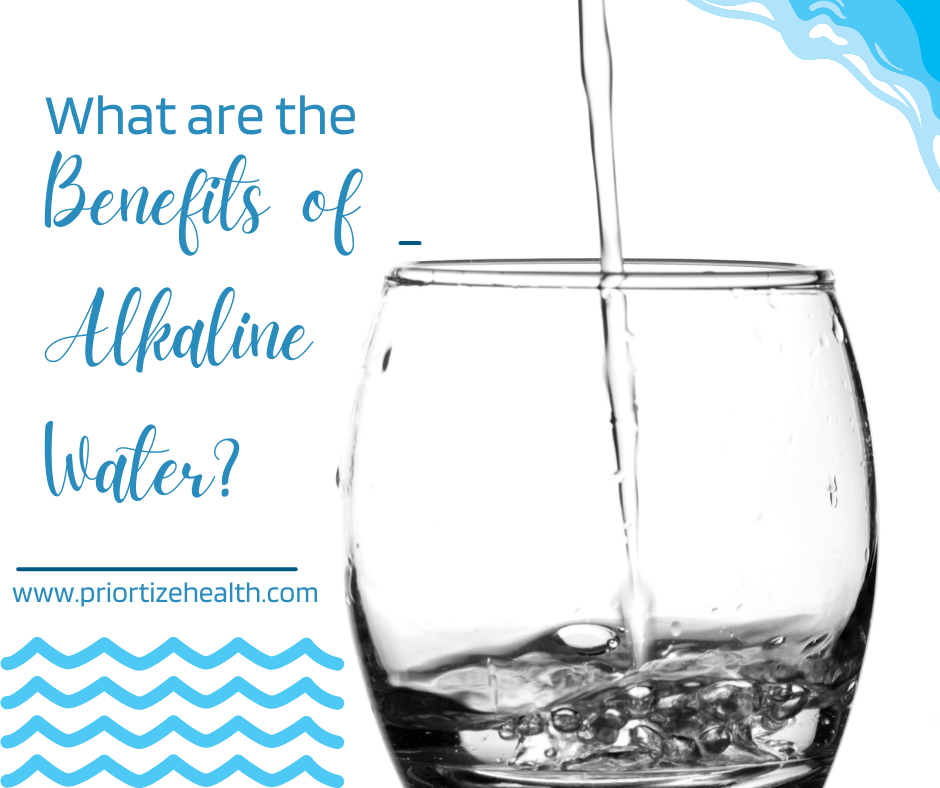
Cold or Hot Shower after Workout: Which is better?
After a vigorous workout session, the decision of whether to take a cold or hot shower can play a crucial role in your post-exercise recovery. As you stand before the shower, beads of sweat on your forehead, you’re faced with a choice that extends beyond mere preference. The temperature of the water you choose can impact everything from your muscles and circulation to your skin and well-being. In this article, we delve into the age-old debate: “Cold or Hot Shower After Workout: Which Is Better?” We’ll explore the benefits, drawbacks, and scientific insights behind each option. This will enable you to make an informed decision that lines up with your wellness objectives and individual comfort. In this way, we should dive into the refreshing world of post-workout showers. We will also discover the rejuvenating effects of temperature on your body and mind.
The Case for a Cold Shower
Picture this: you step into the shower, and a rush of icy water cascades over you, sending a shockwave through your body. It might be the last thing you crave after an intense workout. But there’s a method to this cold madness that can benefit your post-exercise recovery.
1. Reduced Inflammation and Muscle Soreness: Cold showers have their vasoconstrictive effects. It assists with reducing inflammation and swelling in muscles. This can lead to a quicker recovery process and a notable decrease in post-workout muscle soreness.
2. Improved Circulation and Faster Recovery: The sudden exposure to cold water sets off a physiological response. It is known as vasoconstriction and vasodilation. This process enhances blood circulation, helping to flush out metabolic waste products. It also supplies nutrients to recovering muscles in more efficient manner.
3. Enhanced Mental Alertness and Mood: A cold shower can awaken your senses and boost your alertness. This makes it an excellent choice after a workout when you’re looking to regain focus and energy. The shock of cold water can also release feel-good hormones. It improves your mood and mental state.
4. Boosting the Immune System: Cold exposure can help in strengthening of the immune system. Taking cold showers can activate immune cells, making your body more resilient to potential illnesses.
A cold shower doesn’t offer only a physical wake-up call. It can invigorate your entire being, leaving you feeling refreshed and ready to take on the world. But remember, while the benefits are compelling, cold showers might not be suitable for everyone. It is especially those with certain medical conditions or sensitivities. Stay tuned as we delve into the contrasting world of hot showers and their post-workout perks.
The Argument for a Hot Shower
As the steam rises and warmth envelops you, the allure of a hot shower after a strenuous workout is undeniable. The soothing sensation of hot water has its own set of advantages. It offers a contrasting approach to post-exercise recovery that’s compelling.
1. Relaxation of Muscles and Tension Relief: Hot water has a natural muscle-relaxing effect. After intense physical activity, your muscles can become tense and exhausted. A hot shower can assist with facilitating this tension, promoting relaxation and reducing the risk of muscle cramps.
2. Opened Pores for Effective Cleansing: Steam from a hot shower opens up your pores. It takes into consideration a deeper and more effective cleanse. This is particularly beneficial after a sweaty workout session. This is on the grounds that it assists with cleaning up dirt, oil, and impurities that might have accumulated on your skin.
3. Enhanced Flexibility and Stress Relief: The warmth from a hot shower can enhance your flexibility by promoting better blood flow to your muscles and joints. Additionally, the soothing sensation can have a calming effect on your mind, making it an excellent option for stress relief.
4. Potential Stress Relief: The sensation of hot water on your skin can trigger the release of endorphins. They are natural painkillers and mood enhancers. This can create a sense of relaxation and mental well-being, which is especially valuable after a demanding workout.
Hot showers offer remarkable benefits. Yet, it’s fundamental to be aware of specific considerations, for example skin sensitivity and the possibility to overheat your body. Each shower temperature has its own set of benefits. This makes the decision dependent on your body’s needs and your personal preferences.
Factors to Consider while choosing either a cold or hot shower after a workout
Choosing between a cold or hot shower after a workout isn’t a one-size-fits-all decision. Several factors come into play, guiding your choice based on your body’s response, workout intensity, and individual preferences. Here are key considerations to keep in mind:
1. Body Temperature Regulation: Consider how your body regulates its temperature in a natural manner. If you tend to overheat in an easy manner, a cold shower might be more suitable. But, if you often feel cold, a hot shower could provide comfort and warmth.
2. Personal Tolerance: Listen to your body. If cold water feels jarring and is not tolerable, or if hot water makes you feel lethargic, your body might be signalling its preferences.
3. Workout Intensity and Type: The nature of your workout matters. After high-intensity cardio, a cold shower might be more appealing due to its anti-inflammatory benefits. After weightlifting or strength training, a hot shower’s muscle-relaxing properties could be helpful.
4. Immediate vs. Long-Term Benefits: Consider whether you’re seeking immediate relief or long-term advantages. A cold shower can give an instant energy boost. But a hot shower’s relaxation benefits might have a more gradual impact.
5. Skin Sensitivity: Assuming that you have delicate skin, you should select lukewarm water. This will avoid extreme temperatures that could irritate your skin.
6. Balancing Contrasts: Some individuals find that alternating between hot and cold showers (contrast showers) provides the benefits of both temperatures. This can promote circulation and muscle recovery. But it requires caution and awareness of your body’s response.
7. Personal Comfort: Choose the shower temperature that makes you feel comfortable and invigorated. The purpose of post-workout showers is not only physical recovery but also mental rejuvenation.
Timing and Intensity
Many a times we have to choose either a cold or hot shower after a workout. In such case the timing of your shower and the intensity of your exercise session play crucial roles in determining what’s best for your body.
1. Timing Matters: Consider the timing of your shower in relation to your workout. Taking a cold shower immediately after an intense workout. This can assist with chilling off your body temperature and reduce post-exercise inflammation. But a hot shower might be more beneficial if taken later in the day or when your body needs relaxation rather than an immediate cool-down.
2. Intensity of Exercise: The intensity of your workout should influence your shower choice. High-intensity activities can raise your body temperature. They can be in form of running or high-intensity interval training. After performing such activities, a cold shower can aid in lowering your body temperature and reducing the risk of overheating.
3. Gradual Recovery: Your workout may not be intense or if you may have a long gap between exercise and your shower. In such cases a hot shower might be more suitable. It can aid in muscle recovery, relaxation, and comfort.
4. Pre-Workout Considerations: Keep in mind your preferences before your workout. If you plan to engage in an intense session, knowing you’ll opt for a cold shower afterward might prepare your mindset for the experience.
5. Customize Based on Goals: Customize your shower decision in view of your wellness objectives. If you’re aiming for muscle recovery and relaxation, a hot shower might be more appropriate. If you’re seeking an energy boost and reduced muscle soreness, a cold shower could be the way to go.
Contrast Showers
In the realm of post-workout recovery, there’s an intriguing option that blends the benefits of both cold and hot showers: the contrast shower. This technique involves alternating between cold and hot water. It creates a dynamic contrast that can provide unique advantages for your body’s recuperation.
1. Improved Circulation: The rapid changes in temperature during a contrast shower stimulate blood circulation. As you switch between cold and hot water, your blood vessels expand and contract. This promotes better blood flow to your muscles and skin.
2. Muscle Recovery: Contrast showers can contribute to faster muscle recovery. This is possible by flushing out metabolic waste and delivering nutrients in more efficient manner. The alternating temperatures can likewise reduce muscle soreness and inflammation.
3. Lymphatic Drainage: The fluctuation between cold and hot water can encourage lymphatic drainage. It assists with removing toxins from your body and reduce swelling.
4. Energy Boost: The sudden shifts in temperature can provide an invigorating effect. This boosts your energy levels and enhances mental alertness.
5. Mind-Body Balance: Contrast showers offer a holistic experience. It helps your body as well as gives a mental and sensory contrast. This can create a sense of revitalization and well-being.
6. How to Perform a Contrast Shower: Start with warm water for 3-5 minutes, then change to cold water for a minute. Repeat this cycle 2-3 times, always ending with cold water. Adjust the length of each stage in view of your comfort level.
7. Caution and Individuality: Contrast showers offer promising advantages. Yet, they probably won’t be suitable for everyone. People with specific ailments or sensitivities should approach contrast showers. They should do it with caution or consult a healthcare professional.
Listen to Your Body
In the midst of the cold vs. hot shower debate, one universal truth remains: your body knows best. You might need to make the choice between a cold or hot shower after a workout. In such case your body’s signals are your most reliable guide. Here’s the reason tuning into your body is essential:
1. Sensations Matter: Pay attention to how your body responds to different temperatures. If you feel invigorated and refreshed under cold water, that’s a sign it’s working for you. Likewise, if the warmth of a hot shower soothes your muscles, your body is letting you know what it needs.
2. Adaptability and Preferences: Your body’s needs can change from day to day. Some days, you might crave the shock of cold water, while on others, the embrace of warmth might be exactly what you need. Be adaptable and receptive to these changing preferences.
3. Personal Tolerance: Respect your personal tolerance for temperature extremes. If a cold shower feels unbearable or a hot shower leaves you feeling dizzy, find a middle ground that makes you comfortable.
4. Experimentation: Experiment with both cold and hot showers, and even contrast showers, to discover what works best for you. Over time, you’ll figure out how to perceive the indications of your body’s approval.
5. Post-Workout Signals: Take cues from your post-workout condition. If you’re overheated and sweaty, a cold shower might be refreshing. If your muscles are tense, a hot shower could offer relief.
6. Hydration and Nutrition: Remember that post-workout recovery isn’t only about the shower. Hydration, stretching, and proper nutrition are also important factors that contribute to your well-being.
FAQ’s:
Ans: Yes, a hot shower can be helpful after a workout. Taking a hot bath post-workout can help relax muscles, reduce muscle tension, and promote relaxation. The warm water can increase blood flow to muscles, supporting their recovery. It also opens pores for effective cleansing and can reduce stress. But, it’s important to avoid extreme hot water, as it can dehydrate you and overheat your body. Moderation is key, and listening to your body’s comfort level is essential.
Ans: Cold showers alone are not a direct way to burn fat. The cold exposure can activate certain types of fat tissue that generate heat (brown fat). But the impact on fat loss is in limits. Cold showers may increase calorie expenditure as your body works to maintain its core temperature, but this effect is generally modest.
For effective fat loss, a balanced diet, regular exercise, and a sustainable lifestyle are more crucial factors. Cold showers might have some minor metabolic benefits. In any case, we shouldn’t depend on them as a primary method for fat burning.
Ans: The best shower after a workout depends on your individual needs and preferences. A cold shower can help reduce inflammation, muscle soreness, and improve circulation. This makes it ideal for intense workouts or hot days. But a hot shower can relax muscles, open pores for effective cleansing, and promote mental relaxation. This can be beneficial for recovery. Some individuals find contrast showers (alternating between hot and cold water) provide a balance of benefits. Listen to your body’s signals and consider the intensity of your workout. Choose the shower temperature that aligns with your post-workout goals and comfort.





